#Valley of the Kings
Text
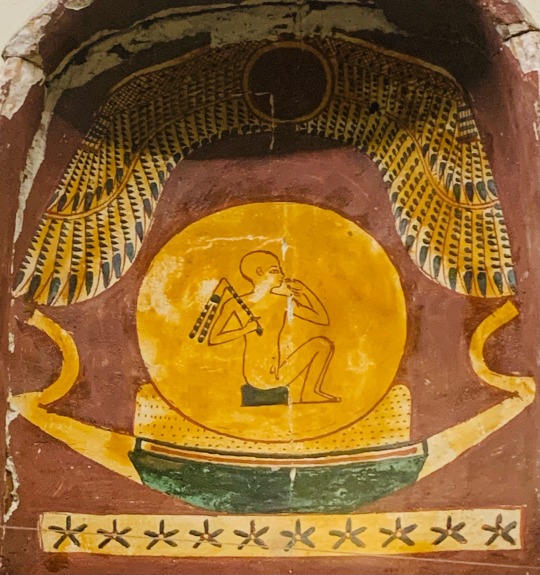
Ra, in his form as the Solar Child.
#Ra#sun god#ancient egypt#egyptian#egyptology#egyptian archaeology#valley of the kings#tomb#Kemet#Kemetic#kemeticism
224 notes
·
View notes
Photo
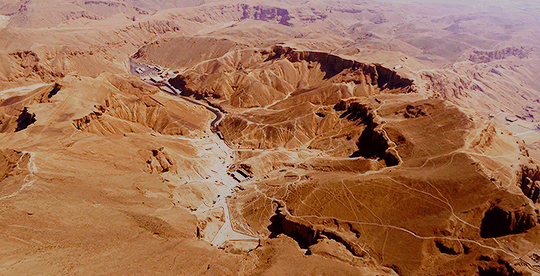

The Valley of the Kings is located in a valley behind the Theban Hills. To the far right can be seen the causeway up to the mortuary temple of Hatshepsut at Deir el-Bahari. The Theban Hills are dominated by the peak of al-Qurn, known to the Ancient Egyptians as ta dehent, or "The Peak". It has a pyramid-shaped appearance, and it is probable that this echoed the pyramids of the Old Kingdom, more than a thousand years prior to the first royal burials carved here. Its isolated position also resulted in reduced access, and special tomb police (the Medjay) were able to guard the necropolis. [X]
176 notes
·
View notes
Text


It's #WorldSerpentDay so shoutout to the ancient Egyptian primordial snake god Nehebkau, and specifically, this depiction that's just a snake with human legs 😂
1. detail from papyrus Book of the Dead of Ani, sheet 27 spell 87, 19th Dynasty
British Museum
2. detail from wall art in Valley of the Kings, Tomb of Tausert and Setnakht (KV 14), 19th-20th Dynasties
Flickr CC BY-NC-SA 2.0
#snake#snakes#serpent#serpents#snake diety#snake god#serpent diety#serpent god#ancient Egypt#Book of the Dead#Valley of the Kings#Egyptian art#Egyptian mythology#Nehebkau#British Museum#ancient art#World Serpent Day#animals in art
174 notes
·
View notes
Text
Random Fact #6,516
The oldest worker strike we know of was at the building site of the pyramid for Ramses III.
What were they striking about? Poor wages.
The workers didn't just refuse to construct Rameses III’s future tomb either, they actually occupied the Valley of the Kings and were preventing anyone from entering to perform rituals or funerals.
Another strike from around the same time was about the lack of provision of sunscreen (so, basically, occupational safety).
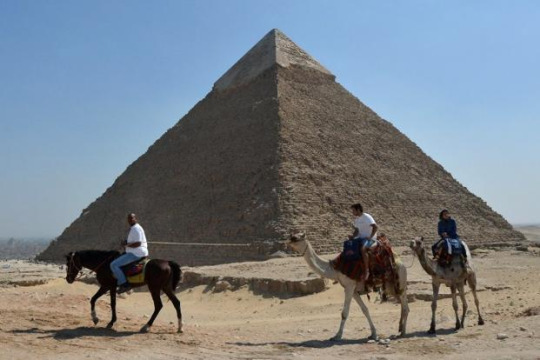
#picket line#strike#did you know#random facts#little known fact#random fact#random factoid#random factoids#history facts#worker's rights#egypt#egyptian history#ramses iii#health and safety#valley of the kings#yes really
48 notes
·
View notes
Text

the gods Osiris, Anubis, and Horus depicted in a wall painting in the tomb of Pharaoh Horemheb in the Valley of the Kings.
308 notes
·
View notes
Text
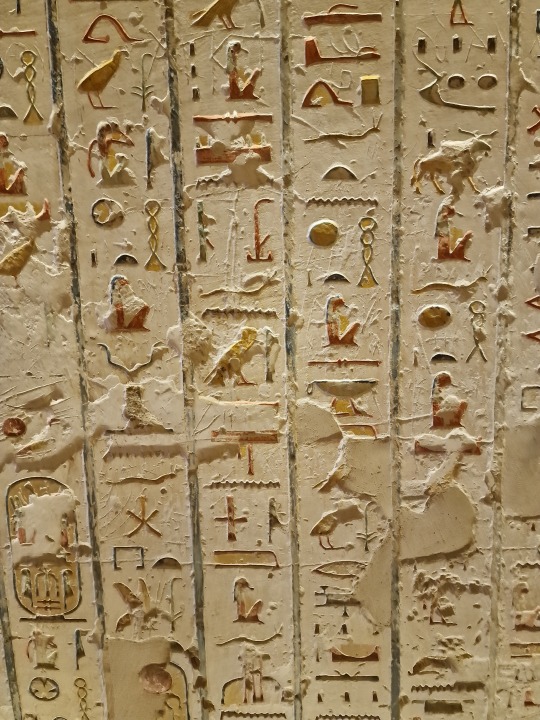
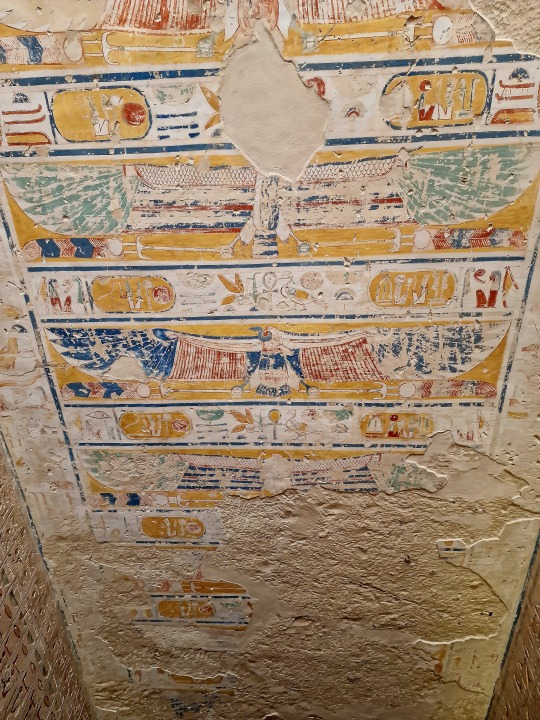



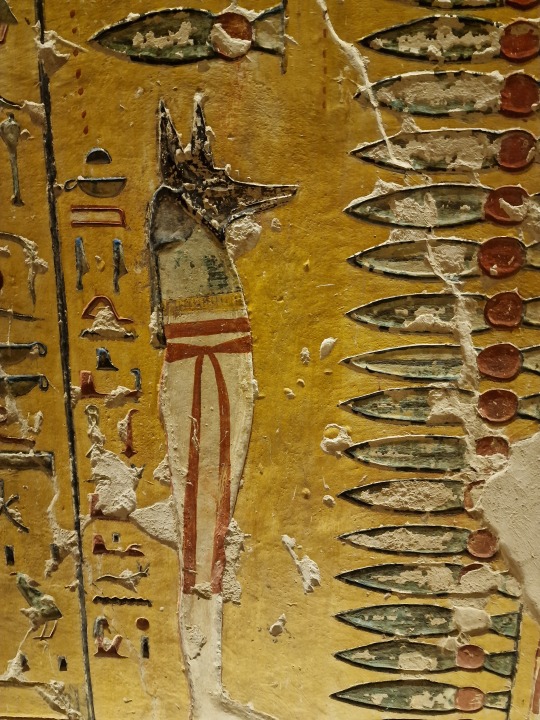

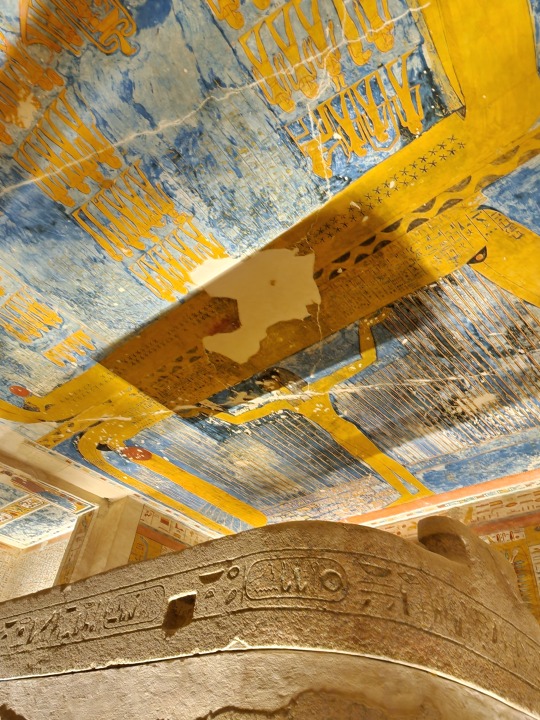
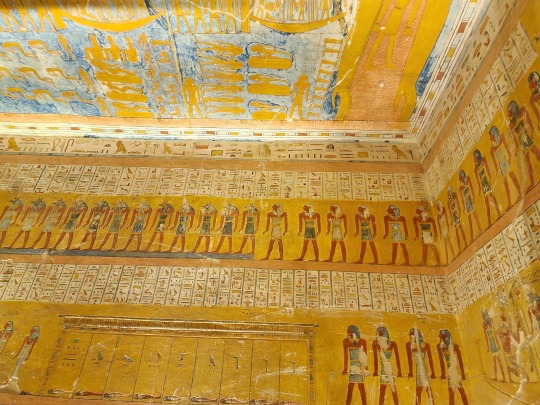

Túmulo de Ramsés IV
Vale dos Reis
Egipto
fotos cjmn
34 notes
·
View notes
Text
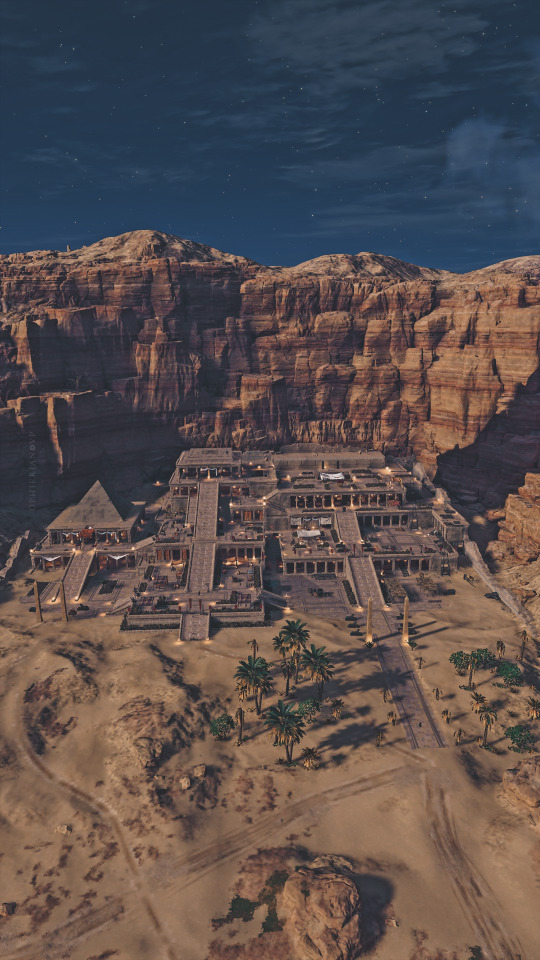

#acorigins#assassin's creed#assassin's creed origins#temple of hatshepsut#set-ma'at#valley of the kings#ubisoft#photomode#gamingedit#virtual photography#gaming photography
10 notes
·
View notes
Text
King Tut’s tomb was sealed in such a hurry that they didn’t even wait for the wall paint to dry. What was behind this sudden rush to entomb the boy king?
24 notes
·
View notes
Text
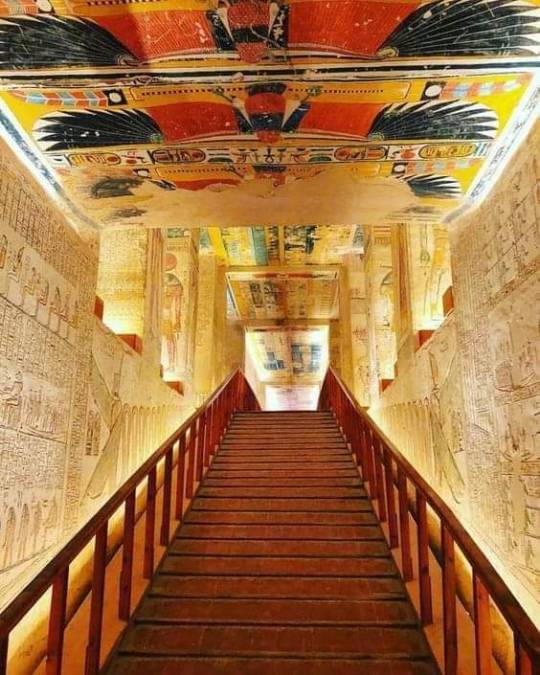
Ramses VI Tomb - Valley of the Kings, Luxor, EGYPT
83 notes
·
View notes
Text
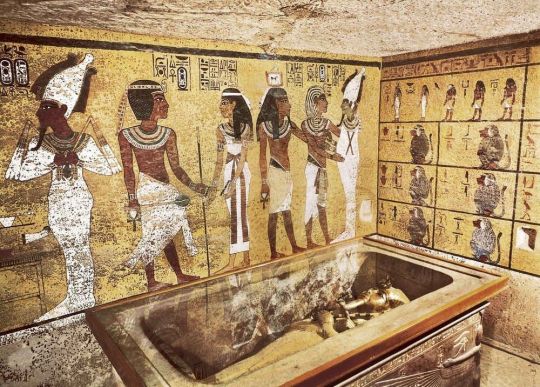
‘Curse’ Behind King Tutankhamun’s Tomb Mysterious Deaths Finally Solved
The unsettling curse of King Tutankhamun’s tomb in Egypt has bewildered archaeologists since it’s been feared to be linked to the mysterious deaths of multiple excavators who discovered it in 1922.
However, a scientist now claims to have solved the mysteries of the infamous “Pharaoh’s Curse” more than 100 years later.
Toxic levels of radiation emanating from uranium and poisonous waste are believed to have lingered inside the tomb since it was sealed over 3,000 years ago, Ross Fellowes wrote last month in the Journal of Scientific Exploration (JSE).

The burial chamber in the tomb of Tutankhamun, near Luxor, Egypt.
The radiation level inside Tutankhamun’s tomb is so high that anyone who comes in contact with it could very likely develop a fatal dose of radiation sickness and cancer.
“Both contemporary and ancient Egypt populations are characterized by unusually high incidences of hematopoietic cancers, of bone/blood/lymph, for which a primary known cause is radiation exposure,” Fellowes wrote in his study.
However, this radioactivity isn’t isolated to Tutankhamun’s tomb.
Fellowes revealed that “unusually high radiation levels have been documented in Old Kingdom tomb ruins” and spread throughout sites in Egypt.
“Radiation has been detected by the Geiger counter at two sites at Giza adjacent to the pyramids,” he wrote, adding that radon — a radioactive gas — has also been detected in “several underground tombs at Saqqara.”
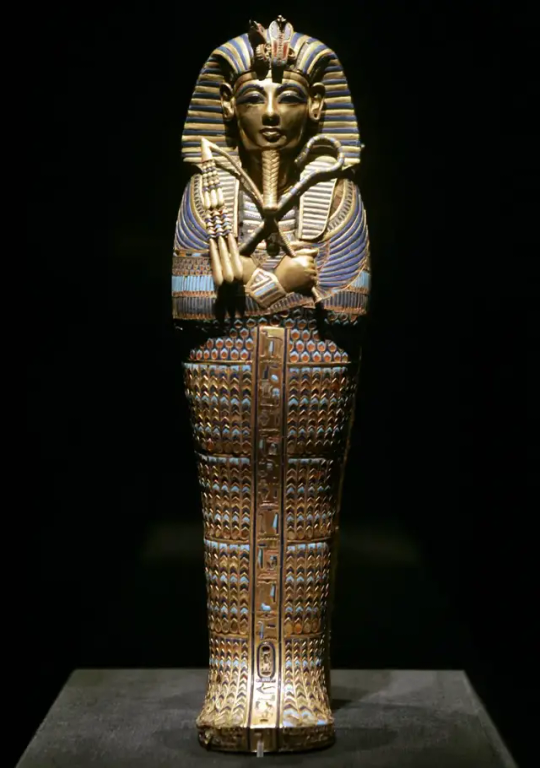
The “Coffinette for the Viscera of Tutankhamun,” which contained the king’s mummified liver, depicts him as Osiris, holding a crook and flail.

Medical imagery of Tutankhamun is shown above a replica of King Tut’s skull on display during the “Tutankhamun And The Golden Age Of The Pharaohs” at the Los Angeles County Museum of Art in California.
These readings were all found to be “intensely radioactive.”
“Modern studies confirm very high levels of radiation in ancient Egyptian tombs, in the order of 10x accepted safety standards,” the study shared.
It’s also theorized that those who built the ancient tombs were aware of the toxins based on the eerie warnings carved on the walls.
“The nature of the curse was explicitly inscribed on some tombs, with one translated presciently as, ‘they that break this tomb shall meet death by a disease that no doctor can diagnose,’” Fellowes wrote.
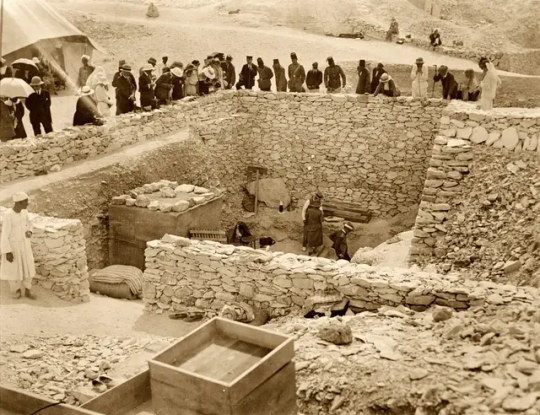
Outside the tomb of Tutankhamun during the 1922 excavation in the Valley of the Kings in Egypt.
Other ominous translations like “forbidden” because of “evil spirits” may have significantly fueled the fear that supernatural curses lingered in the ancient sites.
Those fears intensified with the mysterious deaths of Lord Carnarvon, who funded the excavation in 1922 and reportedly walked through the treasured filled rooms — and multiple others after they unsealed the tomb.
“Carnarvon was dead within a few weeks of the uncertain diagnosis of blood poisoning and pneumonia,” Fellowes wrote.
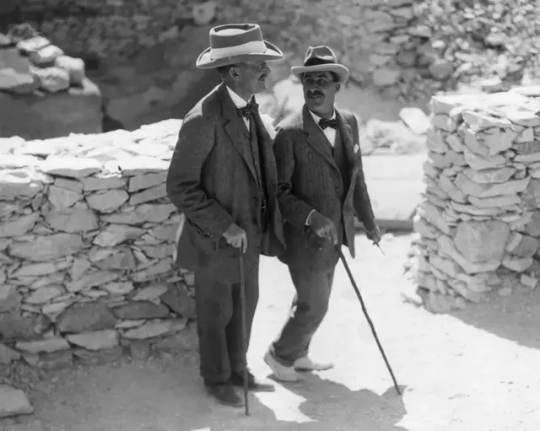
Egyptologist Howard Carter (R) walks with archaeologist Lord Carnarvon, the patron of his research, outside the tomb of King Tutankhamun in 1922.
Egyptologist Arthur Weigall allegedly told colleagues that Carnarvon would “be dead within six weeks” upon entering, the study claimed.
Howard Carter, the first person to walk inside Tutankhamun’s tomb with Carnarvon, died in 1939 after a long battle with Hodgkin’s lymphoma, which was suspected to be caused by radiation poisoning.
British Egyptologist and independent excavator Arthur Weigall was present at the opening of Tut’s Tomb and is also credited with starting the ‘myth’ of the curse.
He died of cancer at 54 years old in 1934.
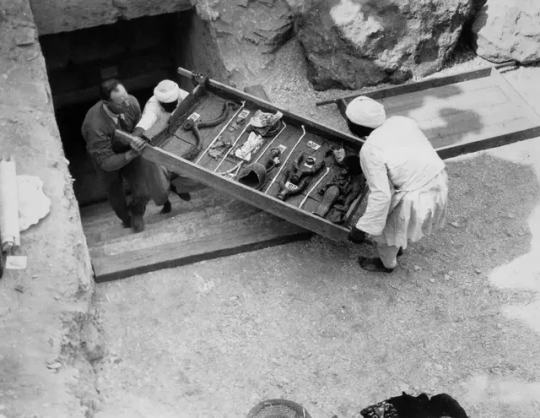
Workers remove a tray of chariot parts from the Tomb of Tutankhamun in the Valley of the Kings, Egypt, in 1922.
In total, six of the 26 people present when the tomb was opened died within a decade from asphyxia, stroke, diabetes, heart failure, pneumonia, poisoning, malaria and X-ray exposure.
While the deaths can be seen as odd, the curse theory was also likely fueled by the oddities that happened when it opened.
Carnarvon had reportedly suffered a mosquito bite that became severely infected.
Around the time excavators opened the tomb, Cairo reportedly suffered a bizarre power outage and a freak sandstorm, according to National Geographic.’
At one point during the excavation, Carnarvon’s favorite dog allegedly let out a chilling howl and suddenly dropped dead.
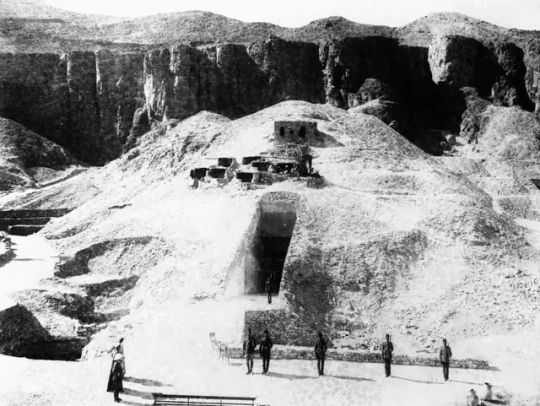
A photograph showing guards standing outside the tomb of Tutankhamun in Egypt in 1922.

A sacred cow being removed from Tomb of Tutankhamun in 1922.
From a historical perspective, the discovery of the tomb in the Valley of Kings is considered one of the most fascinating finds that gave modern society a glimpse into the Egyptian royalty voyage into the afterlife.
Five thousand items, including solid gold funeral shoes, statues, games, and strange animals, were discovered inside Tutankhamun’s tombs.
It would take the excavators ten years to clear the tomb of its treasure.
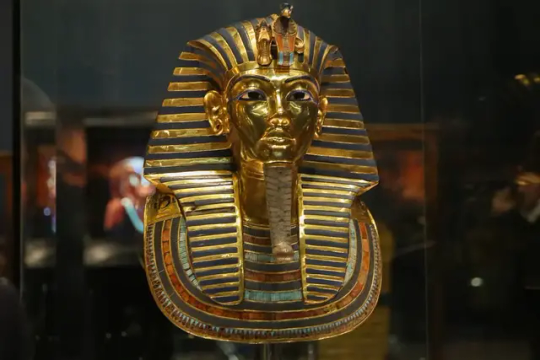
The golden funerary mask of Tutankhamun.
The unsealing and studying of the tomb is also credited with launching the modern era of Egyptology.
Tutankhamun took the throne as pharaoh around nine or ten years old and ruled between 1332 BC and 1323 BC.
However, he died by the time he turned 18.
There are no surviving records of Tutankhamun’s death and how the young pharaoh died remains a mystery.
However, Tutankhamun is suspected to have suffered from several health issues — likely linked to his father, Akhenaten, and his mother, Nefertiti, being brother and sister.
By Richard Pollina.
#‘Curse’ Behind King Tutankhamun’s Tomb Mysterious Deaths Finally Solved#King Tutankhamun#Pharaoh’s Curse#Old Kingdom#Valley of the Kings#Lord Carnarvon#Howard Carter#Egyptology#ancient artifacts#archeology#archeolgst#history#history news#ancient history#ancient culture#ancient civilizations#ancient egypt#egyptian history#egyptian mythology#egyptian pharaoh#egyptian antiquities#egyptian art
8 notes
·
View notes
Text

7.25
27 notes
·
View notes
Text

Dua Ra-Horakhty
#Ra-Horakhty#Ra#Horus#Kemet#Kemeticism#Kemetic#Egypt#egyptology#Egyptian#ancient egypt#ancient Egyptian#valley of the kings#egyptian gods#Luxor#Thebes
65 notes
·
View notes
Photo


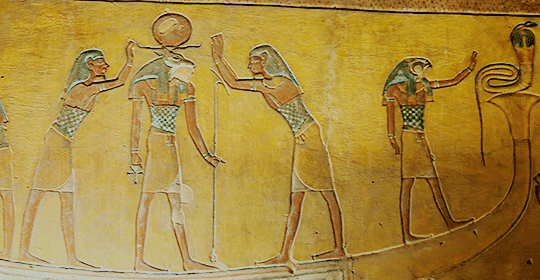


“KV14 is a joint tomb, used originally by Twosret and then reused and extended by Setnakhte. It has been open since antiquity, but was not properly recorded until Hartwig Altenmüller excavated it from 1983 to 1987.
Located in the main body of the Valley of the Kings, it has two burial chambers, the later extensions making the tomb one of the largest of the Royal Tombs, at over 112 metres. The original decoration showing the female Twosret was replaced with those of the male Setnakhte.” [X]
751 notes
·
View notes
Photo

Tomb of Ramesses VI, Valley of the Kings discovered in 1898.
Source: World of History
#tomb of ramesses#valley of the kings#ancient egypt#egypt#tomb#tombs#1898#19th century#ancient#monument#ancient monument
306 notes
·
View notes
Text







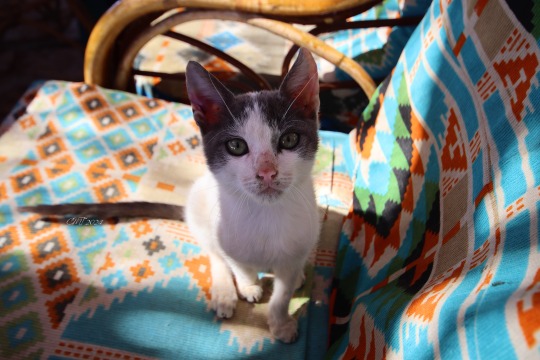


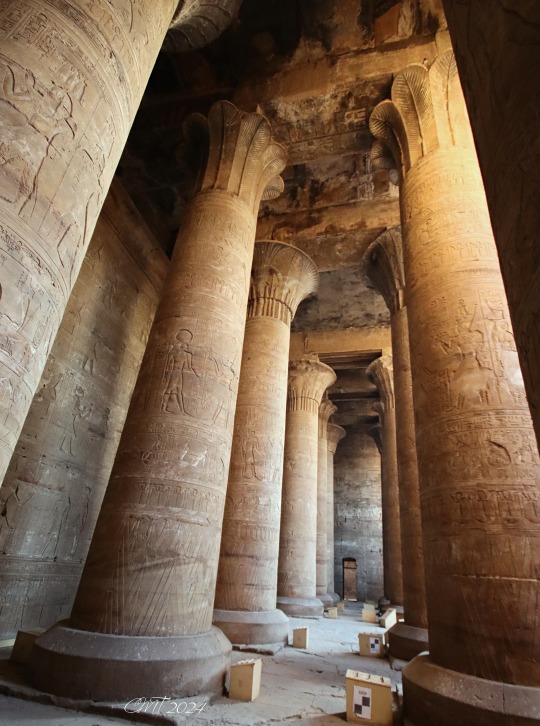






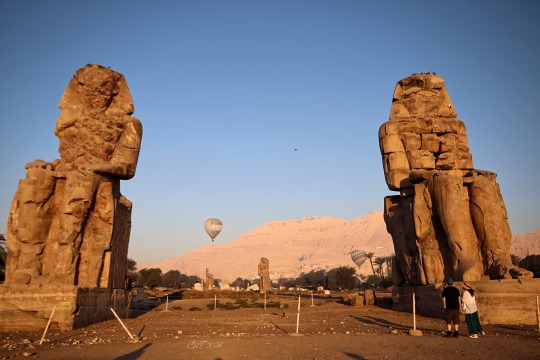

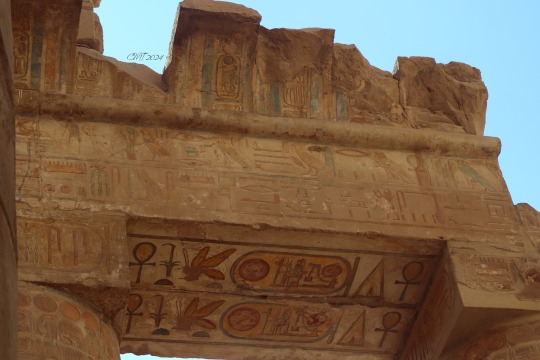
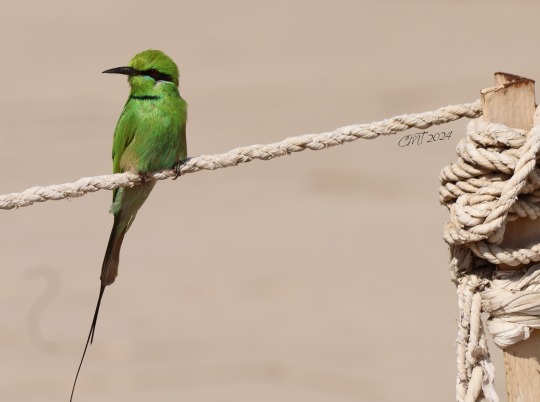


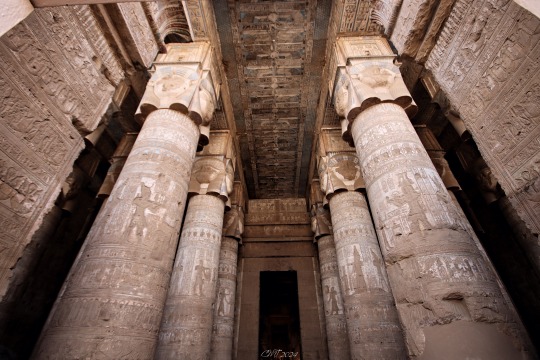

I am back from the holibobs, utterly exhausted and procrastinating the unending job that is editing all my photos (just by deleting the out-of-focus-in-hindsight ones I've gotten them down from 1200 to 750) So here's my absolute favourite ones. I promise I'll be back to crafting content soon.
#cotton khaleesi#cottonkhaleesi#egypt#egypt tours#hatsheptsut#the sphinx#the pyramids#kom ombo#edfu#valley of the kings#dendera temple
7 notes
·
View notes
Photo

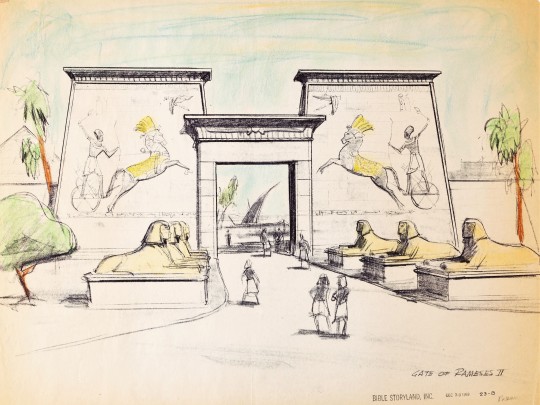




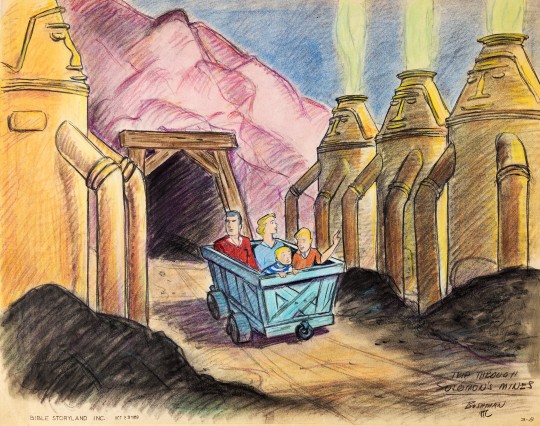
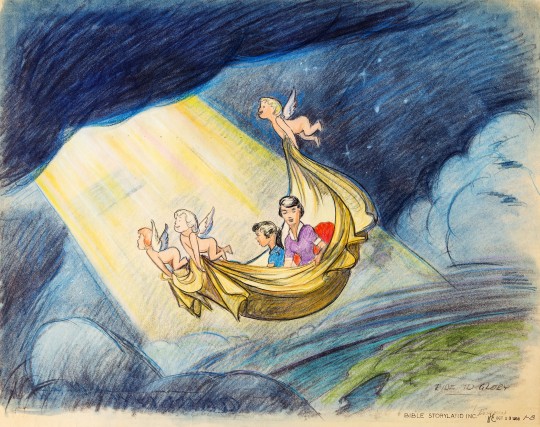

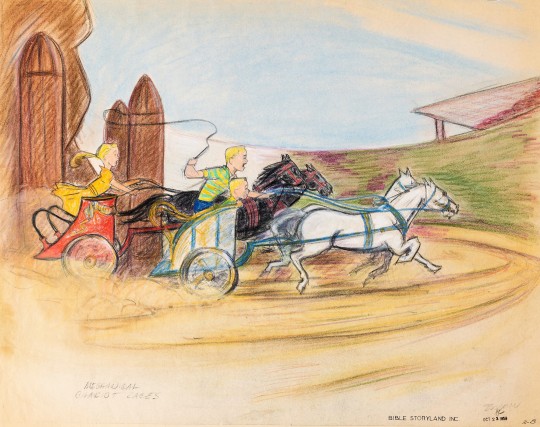
Bible Storyland amusement park concept art by Bruce Bushman (1959)
#bruce bushman#bible storyland#concept art#amusement parks#dark rides#rameses ii#valley of the kings#king tut's tomb#dead sea#ur bazaar#king solomon's mines#chariot races#nat winecoff enterprises#1950s#1959
44 notes
·
View notes